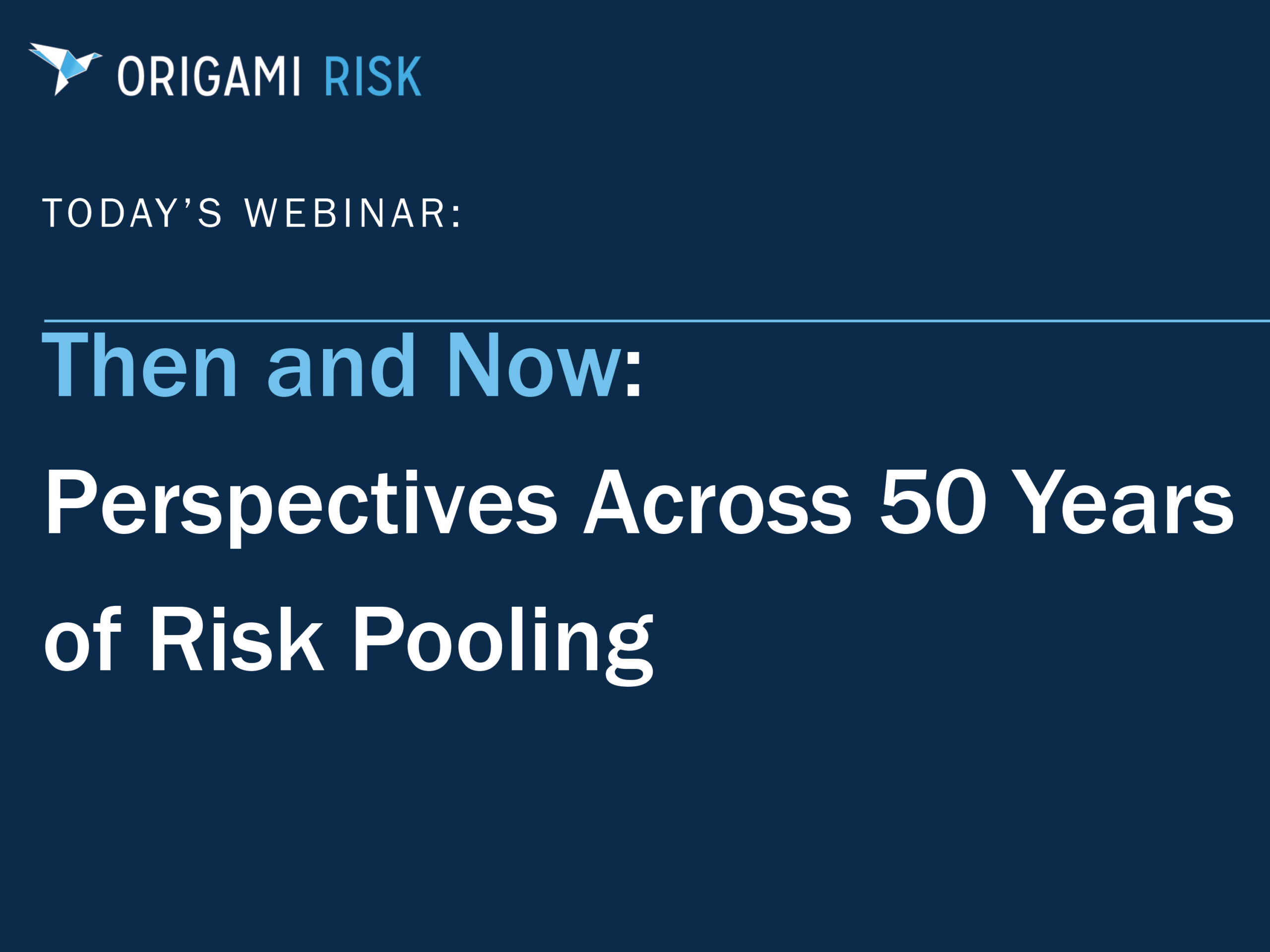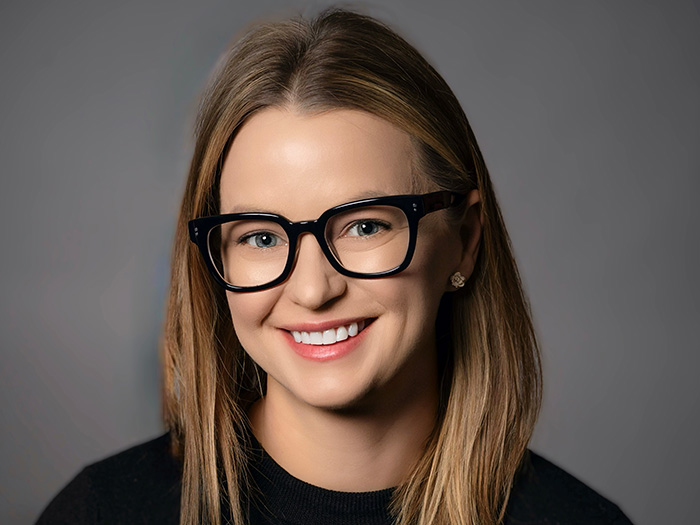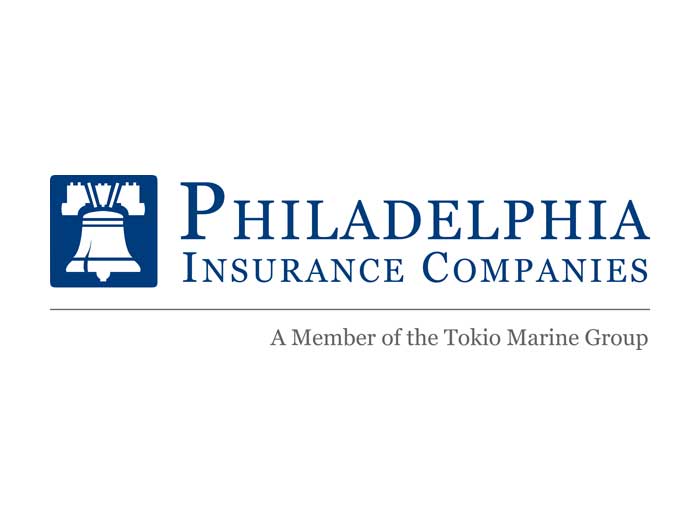6 Questions for Sedgwick CEO Mike Arbour

In August of 2020, the third party administrator Sedgwick announced that it was naming Mike Arbour as its new CEO. Arbour came to the organization via its acquisition of Vericlaim in 2014.
This summer, Risk & Insurance® interviewed Arbour about his position and perspective on the company’s opportunities. What follows is an edited transcript of that discussion.
Risk & Insurance: First off, congratulations on the appointment, Mike. As you take the reins at Sedgwick, what opportunities are you excited about?
Mike Arbour: If you walked through the halls of Sedgwick, you would see our leadership team as excited about the opportunities that are in front of us as we have ever been.
Very often, our most compelling business opportunities come from listening to the evolving and changing needs of our clients and then developing innovative and customized solutions that address those needs. In some ways, the changes that have been forced on the world because of the pandemic have resulted in risk managers and insurance companies thinking differently about how to solve an array of both traditional and rapidly changing challenges.
In my view, much of the world has spent the last 15 or 16 months waiting to “return to normal.” We have not, and declaratively are not. At Sedgwick, we do not waste much time talking about normal. There’s no old normal, no new normal, no return to normal — there is only change.
In this case, a different set of external factors led to the changes, but it’s all just change. The world has always been changing, and at Sedgwick, culturally, we embrace change. We thrive on the opportunity to stay ahead of and in touch with our clients’ needs as they start to think differently about protecting their physical assets, protecting their employees and human assets, and protecting their brands.
Today, the array of things Sedgwick can do for clients around the world is as broad as it’s ever been. We now have more than 150 different service lines that provide meaningful value to our customers. The opportunities in front of us are to develop more solutions and bring more innovation to the market as it continues to evolve.
R&I: Over the past 14 months and again, coming into the present time, in doing what you want to do and respond to customers, where were the biggest challenges for you?
MA: Challenge No. 1 for us is almost always people and talent. At its simplest level, our objective is to make Sedgwick the best place to work for the best claims talent in the world.
The theory is that if we have the most talented claims people in the world, then the market is going to want to work with us. The job and the challenge then become, how do we make Sedgwick an unbelievably awesome place to work for talented claims professionals?
Consequently, we spend an extraordinary amount of time with our leadership teams trying to create a world-class, positive work environment and experience for our colleagues. We want Sedgwick to be a place where they can thrive, grow, collaborate, and provide the very best service experience to our clients in every market around the world. The talent factor is present almost all the time.
Secondly, in today’s world, most companies wish they had more capital to spend on technology and innovation; we’re no different in that regard. The possibilities enabled by new and evolving technology feel almost limitless. The problem is that nobody’s budget is limitless, so creating more capacity for ourselves to invest in those areas is both a challenge and an opportunity for us.
R&I: That can be a tricky one, isn’t it? Because we know the stories about companies that have loaded tens of millions into technology and it didn’t work out too well.
MA: Absolutely. Today, organizations the world over are spending just as much on analytics, decision making, intelligence and mobility as they used to spend on networking, software and infrastructure. The centricity of technology has changed the underlying cost structure of competing in today’s world, and many companies have struggled to adapt or keep up. It has created this new need and new set of challenges that previously didn’t exist.
The breadth of Sedgwick’s customer base and scale gives us a unique capability to make significant investments in areas like predictive analytics, virtual capabilities, automation, machine learning, mobility and more. As an example, we are so committed to the potential of data and analytics that it has transitioned from a value-added service to a fully dedicated strategic priority within Sedgwick.
R&I: Looking at performance in claims and you think about pre-COVID and the brunt of COVID, is it possible to gauge, Mike, how Sedgwick’s team performed pre-peak and now, was there a drop-off? Do you think you’ve improved performance? How would you qualify that?
MA: I can qualify it; I definitely cannot quantify it. Anecdotally, I don’t believe we saw any disruption in productivity, service levels, service experience or quality results at all. Part of that was the whole world got a “hall pass” for a month or so as everyone kind of figured it out, but the empirical evidence comes from our clients — what they say, how they behave and how they feel about what we do.
We have seen awesome results on our client programs, whether they’re self-insured corporations, municipalities or big commercial insurance companies. I’m careful not to put what I think or believe into too many situations. Regardless of any bias we, or I, might have regarding the efficacy of the pandemic work environment, the performance has been spectacular.
Being a manager and leader of people is a hard job on any given day. It’s a really hard job when you’re doing it remotely and your people are not in close physical proximity.
We have 3,000-plus people managers at Sedgwick, and they’ve crushed it. They’ve been fantastic through a really, really challenging set of circumstances. We all have some inherent beliefs about productivity in a work-at-home environment. It’s hard to fathom, but people have just figured out a different rhythm. We wake up thinking about claims every single day. It’s why I believe we’re a great partner for our clients.
Philosophically, we still, and will continue to, place a lot of value on the office. What the pandemic has allowed us to do is think about the “why” of the office. Today, the why is really clear to us. I’m going to use four Cs here. For us, the office is a place for collaboration, connection, career development and meeting client needs. Fostering those things is often dependent on some element of proximity, and an office provides that togetherness.
Whether you’re a new professional in our industry or a seasoned veteran, communication is important. As a company leader, culture is super important to me. I can talk about culture, but I don’t make the culture in the office. Colleagues make the culture, and they make it fantastic. They’ve got to be there a little bit to do that. For those concerned about career advancement, development and training, you’ve got to have some component of apprenticeship and mentorship, which is best facilitated in-person.
When it ultimately comes down to delivering consistent value and great service to clients, we’ve got to be able to collaborate as a team. We see clear value in the office, but it’s not driven by anything inherently wrong with the work-at-home environment.
R&I: I think a lot of people had that experience, it crystallized, what do I need the office for? Well, here’s what I need the office for.
MA: Two years ago, I couldn’t have answered that question as clearly as I can now.
R&I: Speaking of career paths, we were curious about the things that influenced you, that brought you to this point in time.
MA: For me, the single most valuable experience is the time I spend listening to and meeting and seeing and hearing from our clients and our colleagues. It is the best chance to learn.
What I tell people all the time is that I have a touchpoint with the world. I have a touchpoint with our clients. I have a touchpoint with publications like this one and a touchpoint with our colleagues, but our clients and colleagues have touchpoints too. Their touchpoints are a lot closer to our people and our clients’ businesses and the challenges in the marketplace. They almost always provide unique and different insights and perspectives. It is absolutely energizing and awe-inspiring to hear what they have to say and, just as importantly, to see what they do day-to-day. Those experiences are very real. Personally, they give me a lot of clarity to focus on the things we need to be concentrating on or doing differently.
Our client base is big and diverse. All of those relationships are important. It is often easy to speculate about what they want to fix, what they need to solve and what their challenges are. But getting a chance to listen directly is invaluable.
If we handle 10 big retailer accounts and then we go to the 11th one, it’s easy for us to assume that we know what problems they need to solve, but if you are not careful about how much you’re listening instead of prescribing, you are susceptible to missing something that is critical to the customer.
I didn’t “grow up” in the insurance or claims business. As a result, I don’t have the deep technical expertise of our 26,999 other colleagues. It also means I don’t walk into client meetings with a biased perspective on how a workers’ compensation or property program needs to run. Listening closely is an important part of our culture and our success, because the needs are all different and they change fast. &










